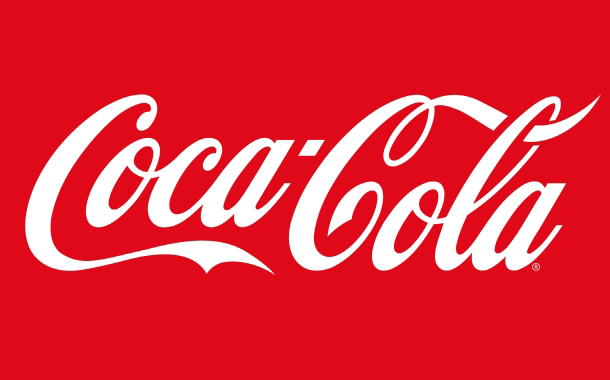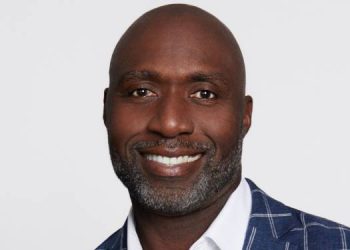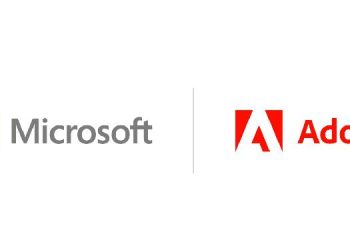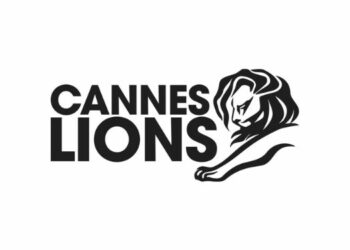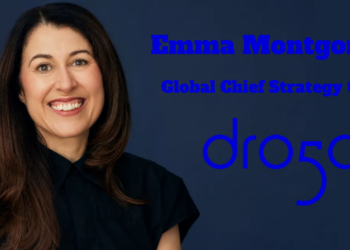The Coca-Cola Company saw consolidated net income plummet to 547 million which is 55.75% drop this year as compared to last year.
The company, in its latest quarterly report, had a consolidated net income of 547 million last quarter, compared to 1,236 million year-on-year. The company also recorded billings at US$9.4 billion for the quarter, a 6% decline from prior year. This is despite the brand gaining global value share in total nonalcoholic ready-to-drink beverages and sparkling beverages in both the quarter and the full year.
In a conference call, newly appointed CEO James Quincey, who starts his role 1 May 2017, said going forward revenue growth will be built through “a consumer centric portfolio by scaling in regions with leadership positions like US and Japan”.
“Tech and e-commerce transform the retail landscape and of course on going volatile economic conditions,” he added. As such, going forward he expects 2017 to be more volatile on geopolitical and macro level. The overall environment, he added will remain similar to 2016.
Overall, the Coca-cola company said it plans to drive revenue growth while “helping to reduce over consumption of added sugar”.
Quincey added that more focus will be put to “great marketing and great execution and this will leverage brand strategy” and “test and learn”.
Within the sparkling portfolio, the company is said to be “reshapping its growth equation” by putting more focus on sugar free products, product reform and smaller packaging. Successfully operating brands that have been launched in certain regions such as Smartwater and Honest Tea in Western Europe, will also be taken globally.
In Western Europe, Coca-Cola Zero Sugar once again grew boosted by expansion into France, Belgium, Netherlands, and Ireland. These recent moves extend the product beyond its initial launch market of Great Britain. Further expansion is planned in early 2017 for other European markets, Australia, and South Africa, among others.
In the APAC region, the company gained value share in sparkling beverages during the quarter. For the full year, sparkling beverage volume growth was slightly positive. The sparkling beverage performance in Japan, kept its momentum in the quarter, boosted by the Coca-Cola ribbon package innovation that was made available in the market during November and December. This festive bottle in Japan provided consumers with a label that could be transformed into a holiday bow. Coffee in Japan also continued to grow , driven by the bottle-can package innovation for GEORGIA The Premium launched in early 2016.
Outgoing CEO, Muktar Kent, added that over the years the company has simplified org structure for speed and flexibility and aggressive productivity innovation and better marketing and strengthened portfolio with more marketing.
“In the fourth quarter, we reached a definitive agreement to refranchise all Company-owned bottling operations in China, and we took important steps to further the evolution of Coca-Cola Beverages Africa. During the year , we successfully completed the creation of Coca-Cola European Partners, and we supported the ongoing transformation of the franchise bottling system in Japan.
Quincey added that this is a “pivotal time for change for the company, consumers and industry” as consumer preferences evolve.

